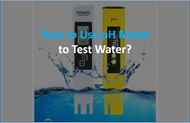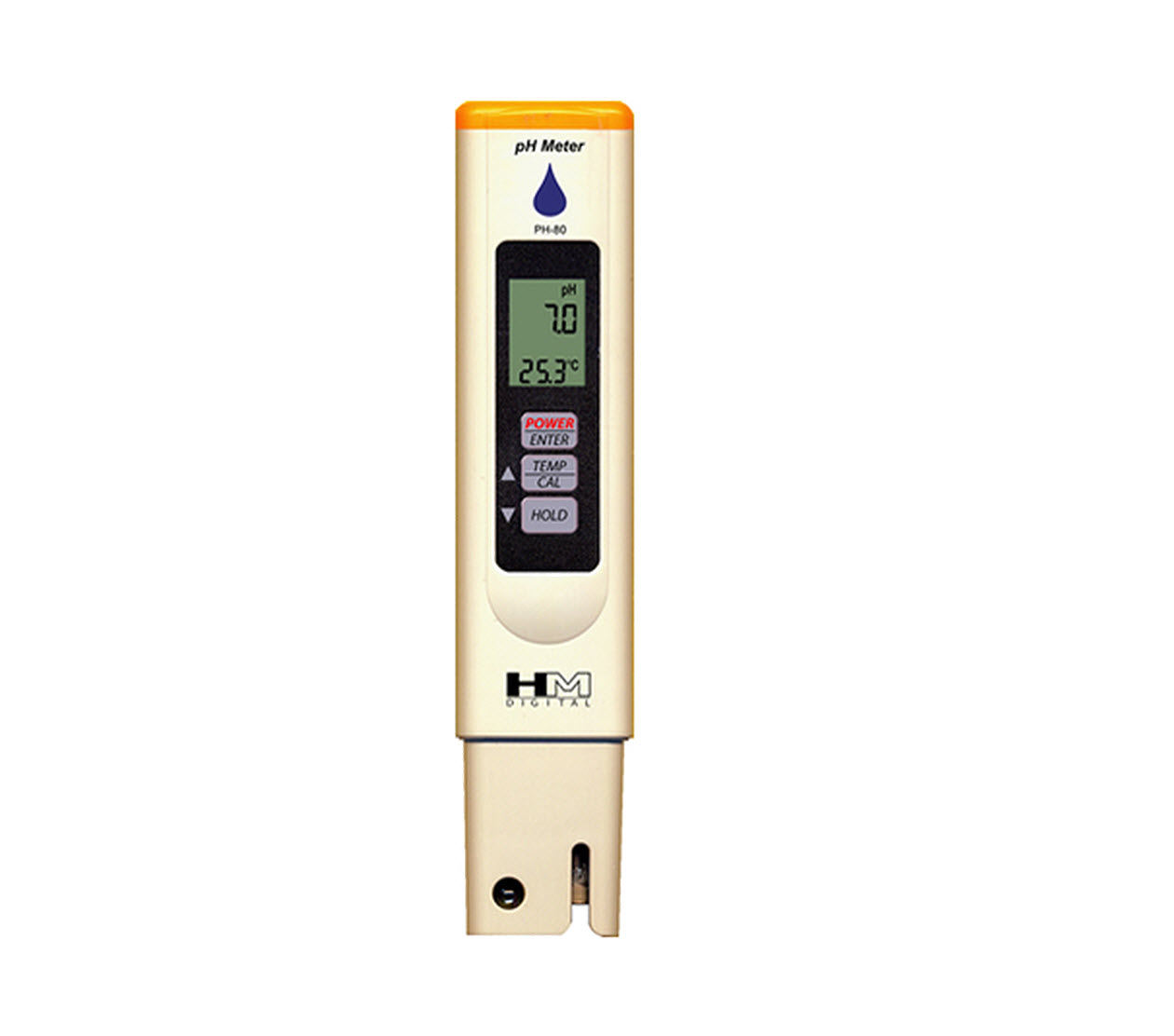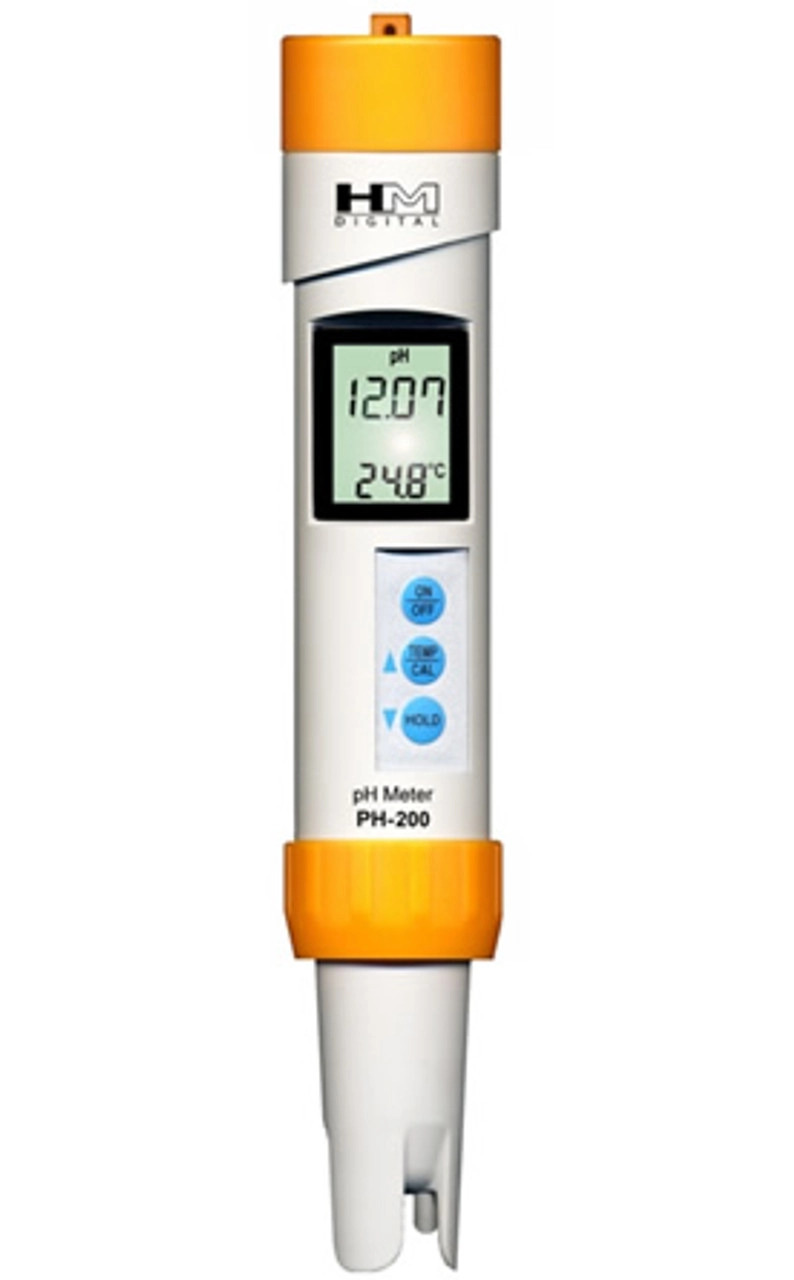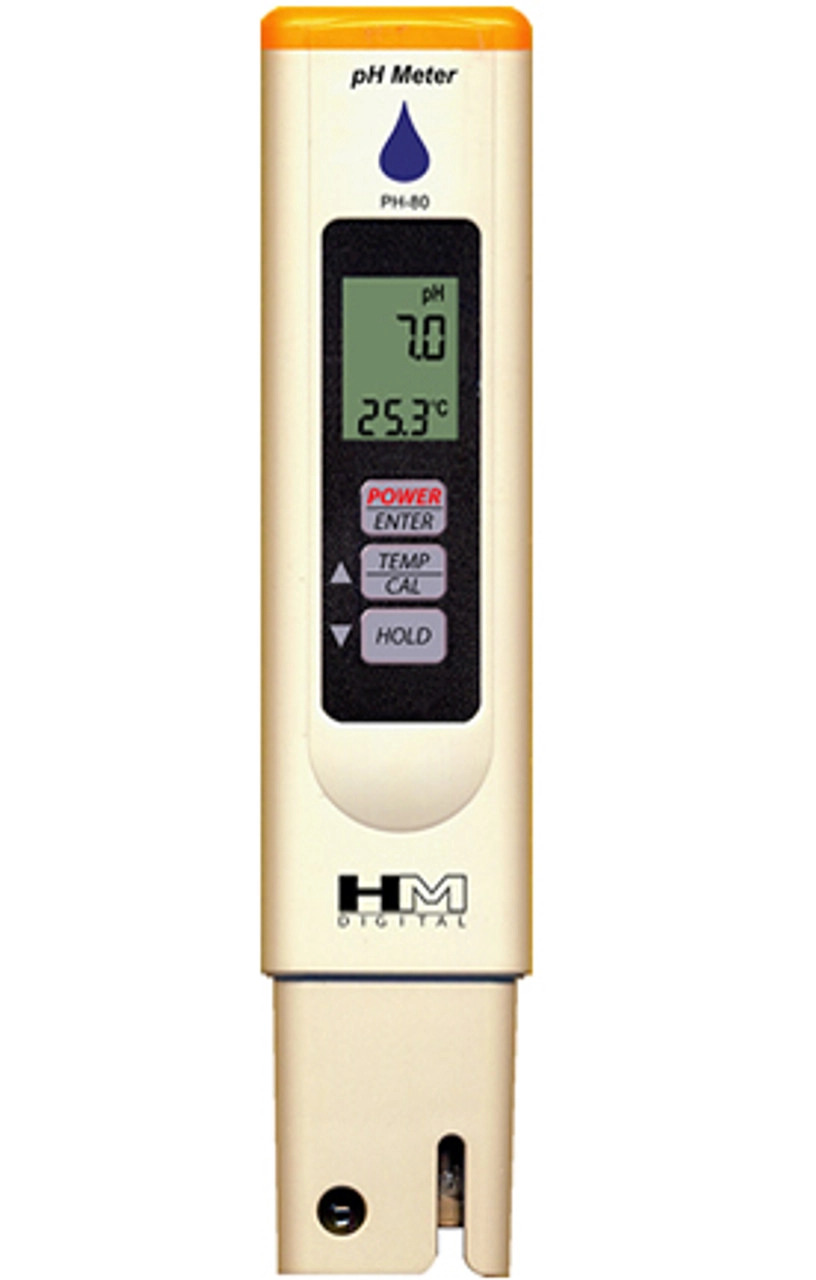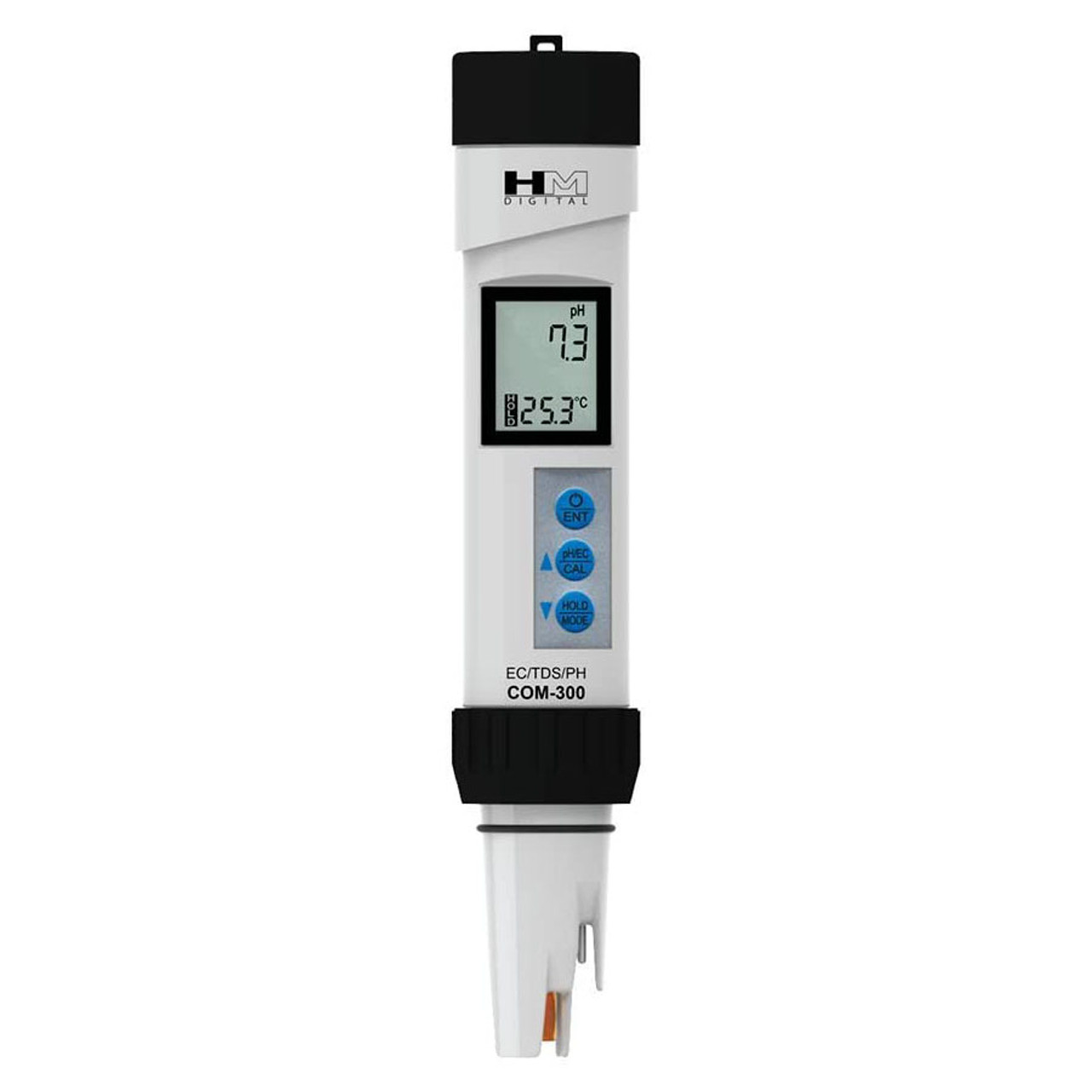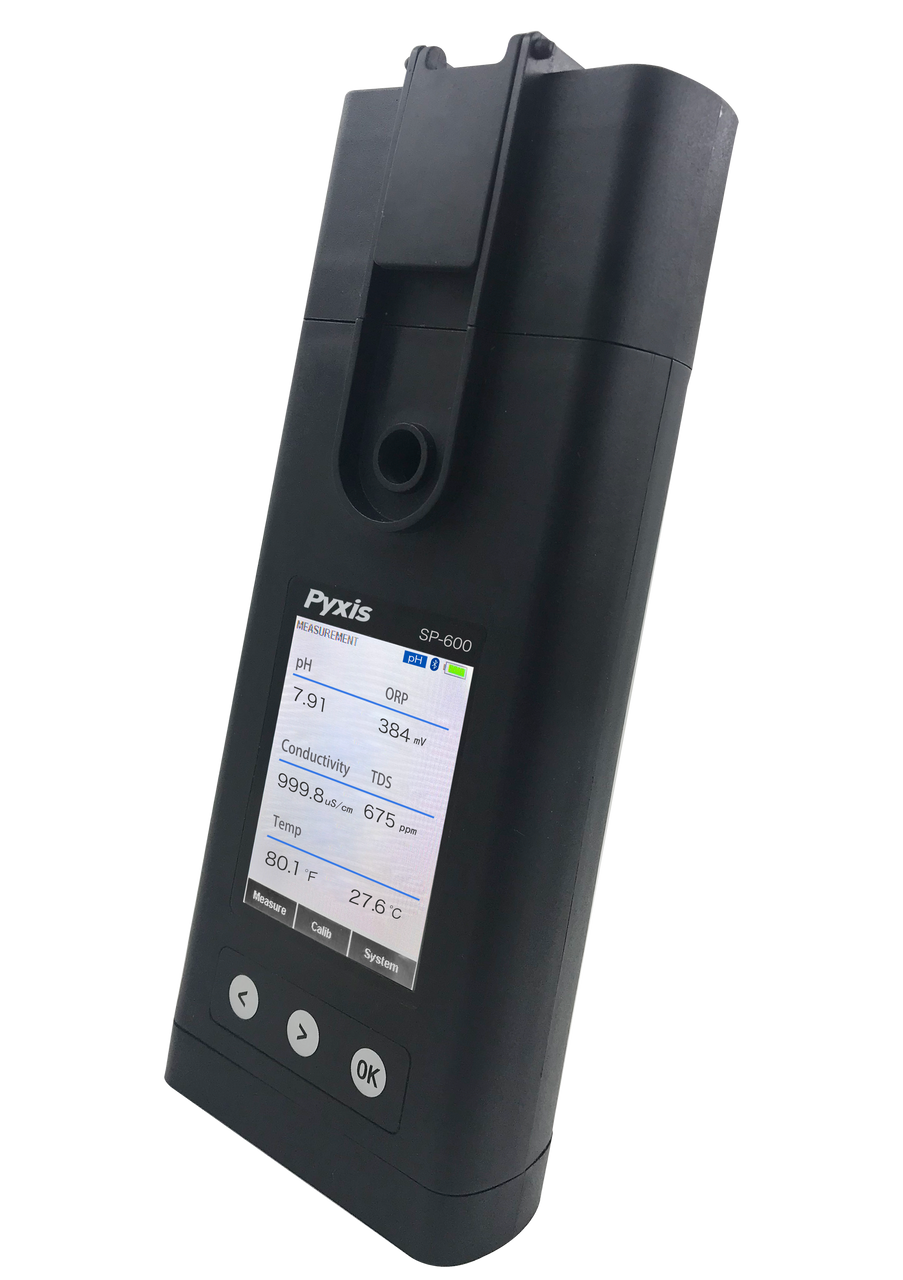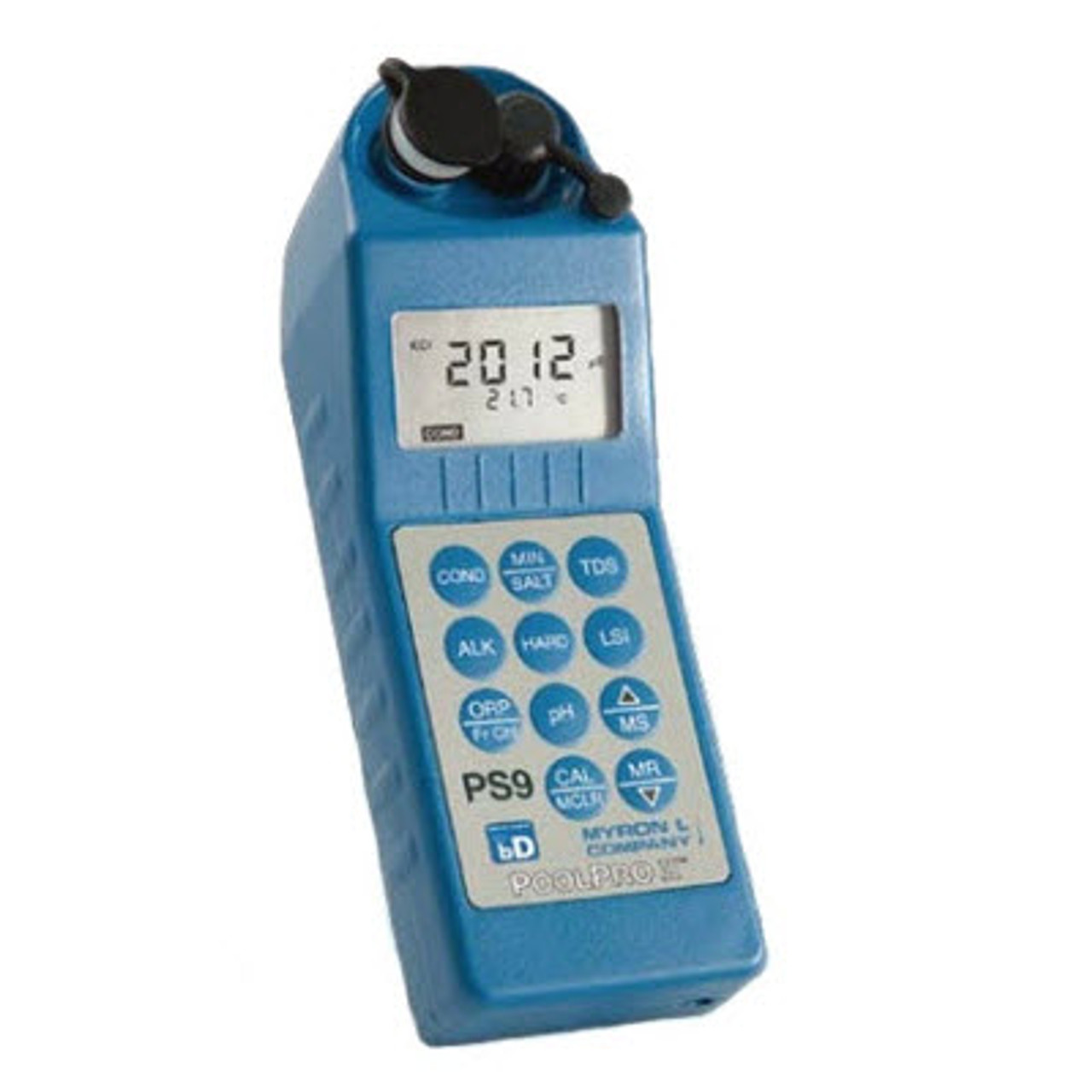As water quality becomes an increasingly important topic of conversation, more and more people are looking for ways to test the quality of their water. While there are various water test kits available on the market, one of the most popular and reliable ways to test water is with a digital pH tester or meter. pH meter for water is a tool that can be used to measure the acidity or alkalinity of a water sample. The pH scale is used to measure how acidic or basic a substance is, with a range of 0-14. A pH of 7 is considered neutral, a pH less than 7 is considered acidic, and a pH greater than 7 is considered alkaline. There are many reasons why you might want to test the acidity of water. Perhaps you're concerned about the quality of your drinking water, or you want to make sure the water in your fish tank is safe for your fish. Whatever the reason, a digital pH meter is a quick and easy way to test the acidity of water. When it comes to digital pH meters, there are many things you should know. This post discusses these factors and more.
How Does an Industrial pH Meter Work?
A digital pH meter uses a glass electrode sensitive to hydrogen ions to measure the pH of a solution. The electrode is placed in the solution, and the pH meter measures the voltage between the electrode and a reference electrode. The voltage of the solution is then converted into a pH value, which is displayed on the pH meter.
What Are the Different Factors to Consider When Buying a pH Meter?
There are many different types of digital pH testers on the market. Some are designed for specific industries, while others are more general purpose. When choosing a digital pH meter, it is important to consider the type of solution you will be testing and the accuracy you need. With so many different options available, it can be tough to know where to start. Consider the following points before you make a purchase.
- Durability of the device is a key consideration when buying a new pH meter for water. This is especially true if you plan to use the meter in a harsh or outdoor environments. Some factors to consider when choosing a durable pH meter include the type of casing, the material of the electrodes, and the overall construction of the device.
- Consider pH meters with double junction electrodes for wastewater and pulp & paper applications, as well as other situations involving solid particles, sludge, or hazardous chemicals. This is due to their enhanced resistance to contamination-related damage which can lead to malfunction to traditional single junction electrode. Some digital pH meters come with built-in memory and data-logging capabilities. Others have backlit displays and auto-shutoff features.
- When you buy a digital pH meter, make sure to take note of the range. The range defines the highest and lowest pH that can be measured. Most meters have a standard 0–14 pH range, but some offer an expanded (-2) to 16 pH range. This could be important depending on your unique requirements—so make sure you buy a meter with the right range for your needs.
- When it comes to testing water, it is critical to choose a pH meter with the right electrode. This is because the pH meter electrode is responsible for measuring the hydrogen ion concentration in the water. If the electrode is not sensitive enough, it will not be able to accurately measure the hydrogen ion concentration. This could lead to inaccurate results and could ultimately impact the quality of the water.
Specifications of HM Digital PH-80 pH Hydro Tester
| SKU: | PH-80 |
| pH Range: | 0 - 14 |
| Temperature Range: | 1-80 °C; 33-176 °F |
| Monitor Type: | Handheld |
| ATC Range: | Yes ( 1- 50°C) |
| Minimum EC/TDS: | 5 uS/10 ppm |
| Resolution: | 0.1 pH; Temperature resolution is 0.1 °C/F;0.00 - 14.0 pH |
| Accuracy: | +/- 0.2 pH; Temperature accuracy is +/-2% |
| Calibration: | Digital automatic calibration (one point) |
| Electrode: | Glass sensor and reference tube electrodes |
| Housing: | Water resistant, splash proof |
| Power source: | 3 x 1.5V button cell batteries (model LR44 or equivalent; included) |
| Dimensions: | 15.3 x 3.2 x 1.8 cm (6.0 x 1.3 x 0.7 inches) |
| Weight: | 53.9 g (1.9 oz) |
How to Use a pH Meter?
You would primarily require a testing kit to test a water sample. It comprises a pH meter, probe, stirrer, pH electrode, a calibrated cylinder, a jar or beaker, sample of deionized water, and buffers. Here are steps to test the water sample using a pH meter.
Knowing the pH of your water is important because it can impact your health in a number of ways. Acidic water can be corrosive and damage your pipes, while alkaline water can make it difficult for your body to absorb nutrients. That's why it's important to test your water regularly and adjust the pH if necessary. Here is a quick and easy guide on how to use a pH meter to test water: The logarithmic scale of a pH meter is set from 1–14, wherein 1–6 is acidic, 7 is neutral, and 8–14 is alkaline.
- Take a calibrated beaker and pour 100 ml water to be tested for pH as that is the standard sampling quantity.
- Switch on your pH meter and allow it to warm up for about half an hour.
- Reduce the exposure to air as much as possible, because the water, in case it is alkaline, may react with atmospheric carbon dioxide to form carbonic acid.
- Rinse the probe and set the pH mode and place it in a neutral buffer solution (with pH 7) for calibration. Similarly, place it in a buffer solution with pH 4. This allows the meter to calibrate for acidic solutions. In case of basic solutions, place the probe in a buffer solution with pH 9 after placing it in a neutral buffer.
- It is a good practice to stir all the buffer solutions well before use.
- Shake off any excess fluid on the device before you place it in the sample liquid or water.
- Place the device in the sample and press the measure pH button. You should get a stable reading in about two minutes.
- Shake off any excess fluid on the device before you place it in the sample liquid or water.
- Get another reading for accuracy. Match the pH meter’s value with that of the buffer.
- Place the electrode in the correct buffer solution and press measure to take the reading.
- Rinse and dry the electrode well
- Now, place the electrode in the sample, press the measure button, and keep it for about two minutes.
- This is your pH reading.
- Clean the electrode after use.
Typical Application Areas
There are countless uses of pH meters. pH water test meters are used in the food and beverage industry to test the acidity of water used in food production. These meters are also used in the pharmaceutical industry to test the purity of water used in the manufacturing of drugs and medical devices. In addition, pH meters are used in the cosmetics industry to test the acidity of water used in the production of makeup and other beauty products. The other industries that get the benefits with the use of pH meter include
- Agriculture
- Aquaculture
- Environmental monitoring
- Livestock
If you are like most people, chances are you don't think much about the quality of your water. After all, water is one of the most abundant substances on Earth, so how could it possibly be harmful? Unfortunately, water quality can vary greatly from one place to another, and even from one day to the next. That's why it's important to test your water regularly, and a pH meter is one of the best ways to do this. If you are looking for pH meters even for the simplest of applications, ensure you source them from reliable suppliers. Cannon Water Technology is one of the well-known distributors of chemical pumps, pH meters, and various test and filtration equipment. The company stocks pH meters from industry-leading brands like Myron L and Hanna Instruments.

